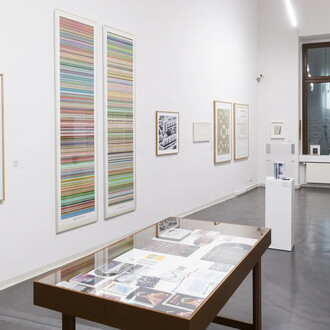One and a half centuries after its emergence, Impressionism continues to fascinate the world. Especially painting, with its loose, sketchy brush flow, the rich and bright palette of colours, and everyday subjects, conveys a feeling of a new awakening and modernity. To this day, however, the diversity of Impressionism in the field of sculpture remains less explored and relatively unknown to a broad public. It is nevertheless historically proven that the discussion about Impressionism in sculpture began already with the presentation of Edgar Degas’ work Little Fourteen-Year-Old Dancer (1878/81) at the sixth Impressionist exhibition in Paris in 1881.
From 19 March to 28 June 2020, the Städel Museum is devoting a major exhibition to the question of what it means in concrete terms to translate the qualities of Impressionist painting such as light, colour, mood, movement – even transience – into solid materials. The presentation focuses on five artists: Edgar Degas (1834–1917), Auguste Rodin (1840–1917), Medardo Rosso (1858–1928), Paolo Troubetzkoy (1866–1936) and Rembrandt Bugatti (1884–1916). With their works, they are representative for the fundamental question of the existence of an Impressionist style of sculpture and, at the same time, serve as prototypes for a cross-media artistic work in painting and sculpture.
The exhibition brings together outstanding sculptures by the five artists and places them in dialogue with Impressionist paintings, pastels, drawings, prints and photographs from public and private collections – including impressive works from the collection of the Städel Museum. Works by leading artists such as Pierre Bonnard, Antoine Bourdelle, Mary Cassatt, Camille Claudel, Max Liebermann, Henri Matisse, Claude Monet, Auguste Renoir, Giovanni Segantini and John Singer Sargent will be on view. With more than 160 works, the exhibition provides a comprehensive overview of the possibilities and challenges of Impressionism in sculpture.
















